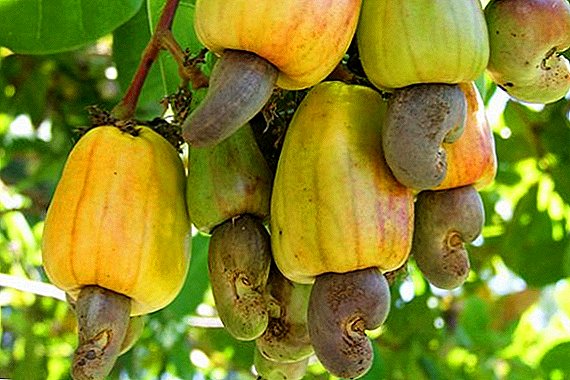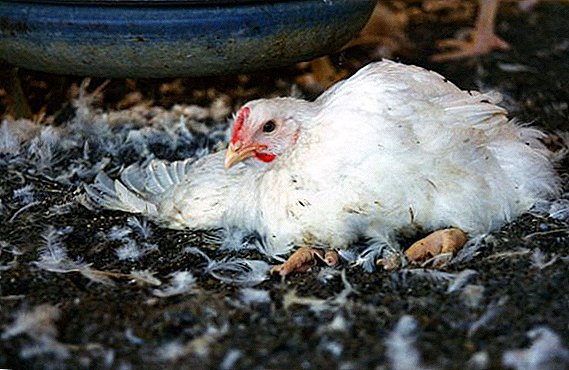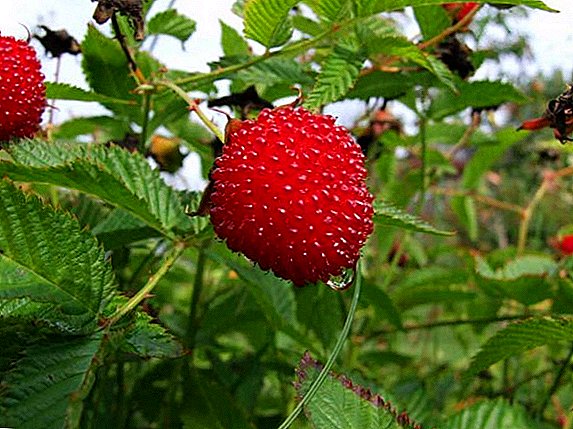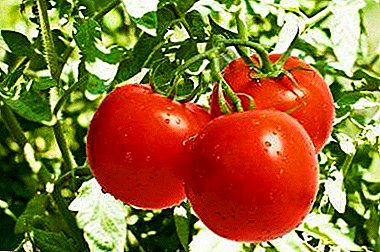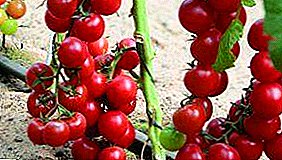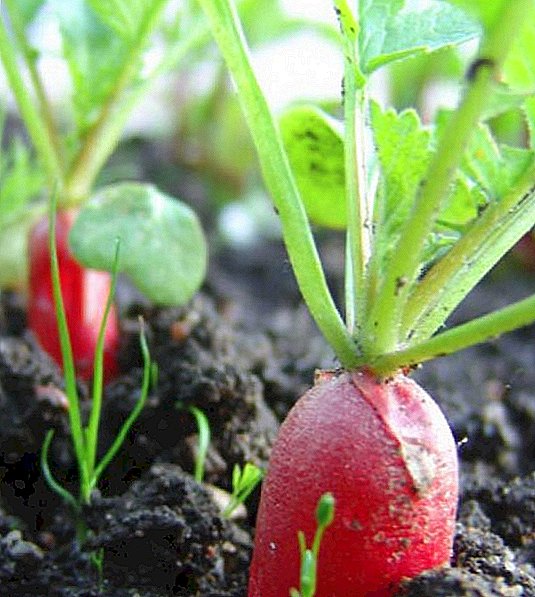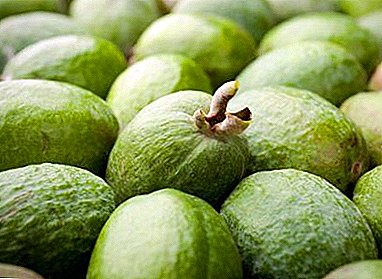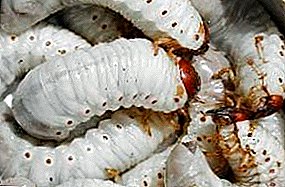
The second stage of development of the cockchafer (aka Khrushchev) after the egg is the larva. Sometimes it is called boroznyak or chorobak.
It is widely known among gardeners and farmers for its voracity, and is almost first pest vegetable, berry, tree and forest crops.
By its activity larvae of the May beetle can compete with the larvae and adults of the Colorado potato beetle, as well as with the bears.
Natural enemies of the larvae have always been ground beetles, hedgehogs, moles, starlings, blackbirds, rooks and even the bats. If the owners of agricultural plots need to deal with the grubs on their own, it is necessary to take into account the peculiarities and way of life of this insect.
Description
What does the grub beetle look like? The larvae grow up to 4-7 cm in length, they have a massive light body elongated yellow-milk color (as seen in the photo below), covered with sparse hairs, with the tail part slightly enlarged and darker.
Larva of the May Beetle - photo:

If visually compare the larva and the adult beetle, the first one will be slightly exceed imago by size. A wrinkled body is crowned with a rounded head more often of red or yellowish color, equipped with two brown tendrils and small mandibles, which help not only to grind food, but also to dig the ground.
In front of the body there are 6 grasping legs. On the sides in one row can be considered small brown markslike eyes In a quiet supine state, the body of the larva becomes C-shaped.
How to distinguish from a bear?
How to distinguish the Maybot larva from the larva larva? The larva of the cockchafer can only be confused with bronze caterpillar and some other larvae. The second stage of development of the bear after the egg resembles reduced copy adult. Only the imago is much darker, and there are wings. Light insect in size does not exceed 3 cm and externally very much like a little medvedka (see photo below).
It is necessary to remember the external characteristics of the May-beetle caterpillar, so as not to confuse it with others, not dangerous larvae. For example, the bronze larva does not damage the rhizomes, but enriches the soil with waste products, and practically harmless. You can distinguish them by the color of the dots on the sides, the small head and the short light brown legs.
Maybot and Medvedka larva: what is the difference? Photo of larva bear:

What eats?
What do the grubs eat? If an individual imago has a relatively modest set of dishes, the larva of the May beetle famous for greater voracity. Thanks to strong jaws, the larvae eat solid vegetable food, sometimes crushing even the strongest roots of old trees.
At the beginning of its development, the boroznyak eats mostly small rhizomes of plants and trees (cherry, larch, birch, spruce, oak, cedar, etc.), as well as vegetable humus.
With the onset of cold weather, the larva seeks deeper under the ground (up to a meter) to wait out the cold, and by spring it rises again closer to the surface. There she will eat shrub roots (black currant) and other plants, including vegetable.
Reaching 2 years, the larva begins to eat woody roots, bulbs, potato tubers, turnips etc.
How to detect?
Where to find the Maybot larva? Habitat, as the Khrushchev, and the larvae spread along rivers and forests, in coastal valleys, meadows and agricultural areas. The most favorable environment for them - wet and warm soil, rich in nutrients (humus) and which is easy to loosen.
In summertime, the larvae just start to hatch from the eggs in the inter-row of potato plantations and corn. at shallow depth (less than 20 cm). If the season was hot, with rare rains, the larvae of the May beetle go under the ground for more than half a meter.

One more favorite habitat the larvae are considered to be overgrown with weeds and wild bushes, places under the roots of various trees, as well as rotten old stumps.
How many lives?
Standardly, the full life cycle of the furrow is 4 years, as a result, the average May beetle will live for about 5 years. In the last year of life, the larva goes into pupal stage, so that after a couple of months to turn into Khrushchev.
What harm does it do?
Many forest and agricultural crops suffer from the vital activity of the mature larvae of the May Beetle. Young individuals do not bring much harm - At first, only herbal roots are included in their diet.
Gnawing the roots and underground tubers, the fallow land can not only slow down the development and growth of useful plants, but also allow many diseases and parasites penetrate damaged parts.
From garden trees from the jaws of the larvae of Khrushchev suffer apples, apricots, pears, etc. Even berries like strawberries and strawberries are under threat, if under the ground on the beds brute larvae are bred.
Larva of the May beetle in the pupal stage - photo:

What are the consequences?
In addition to the lost harvest of potatoes, corn and other vegetables, orchards with fruit trees and berry bushes can suffer significant losses. Due to the larvae of the root system of the plant swiftly wither, then die.
Only due to the natural and human regulation of populations, the larvae of the May beetle do not destroy whole forests and huge farm plantations. From the diet of young individuals, the fur-grass can lose the strength of lawn grass, and the diet of older relatives is very dangerous for many coniferous and deciduous trees.
Maybot larvae have long established themselves as main threat to forest and garden plants. Over their long life span, the fallow lands are not so much able to devour a large amount of plant foods like potato tubers, but to significantly damage the root system of berry plantations and fruit trees.
They spend most of their lives deep underground looking for food and during wintering periods. The structure of the body allows them to freely dig underground passages to the appetizing roots, which they gnaw through with their mandibles.
This is what a potato eaten by a May beetle larva looks like:

Effectively deal with fleshy whitish pests can only mechanically assembled by hand. For this purpose, a sufficient number of productive chemical and biological preparations. As methods of struggle, in order to save the crop, special traps are set, manure is carefully observed before fertilizer.
Khrushchev larvae can bring considerable benefit nature and man. They occupy a valuable place in many food chains, contribute to the ventilation of the soil.




